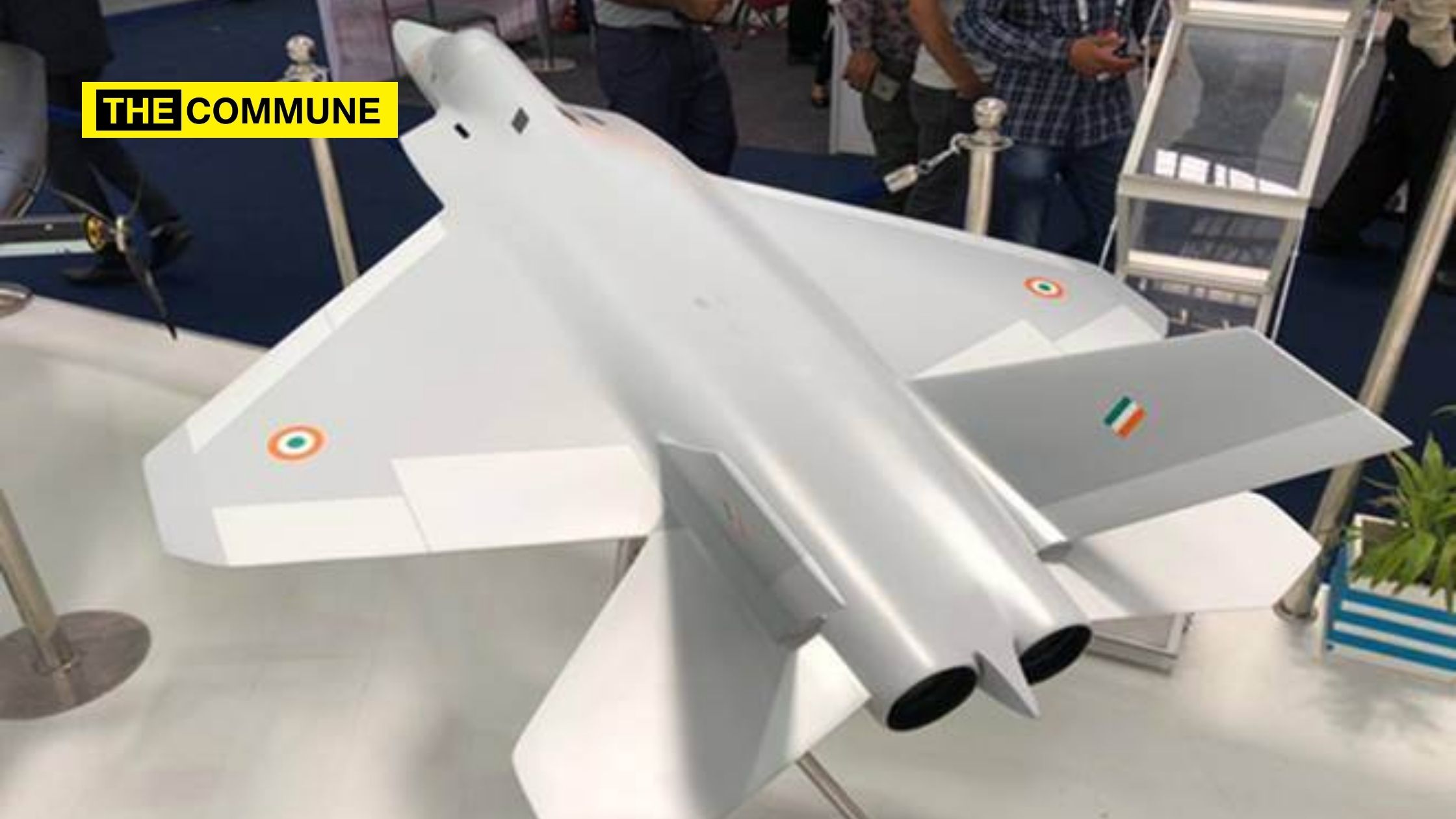
India has now entered into the crucial phase towards manufacturing Advanced Medium Combat Aircraft (AMCA) in association with Defence Research Development Organisation’s (DRDO) Aeronautical Development Agency and Hindustan Aeronautics Limited (HAL) to give the Indian Air Force Force (IAF) and the Indian Navy with the advanced stealth aircraft 5.5 Generation twin-engine stealth fighter.
The development of the 5.5 generation fighter is a synergy between HAL, ADA, and private defence firms to manufacture the combat jet as the design and development continue.
The advanced stealth aircraft that is being developed by India will be a multi-role fighter, capable of carrying out air superiority, ground strike, suppression of enemy air defences and electronic warfare missions. The naval version of the aircraft will become the primary combat jet that will be operating from the Indian Navy’s aircraft carriers.
The aim of AMCA is to give India air dominance and superiority in battle and as per reports available in the public domain, the first two squadrons in AMCA MK-1 configuration will be powered engines that are imported.
However, Indian scientists and engineers have been working to develop a made-in-India 125-kilonewton engine and the five squadrons will have advanced features (Mark 2) along with 6th Generation technologies.
As of now the new engine for the fighter is being jointly developed by DRDO and Safran of France.
The fighter will have stealth features and will have a three-dimensional thrust vectoring, made-in-India Uttam active electronically scanned array (AESA) radar, and internal weapons bay to bolster the stealth capabilities of the aircraft.
The maximum speed of the AMCA fighter will be over 2,600 kilometres per hour (Mach 2.15), with a combat range of 1,620 km and it will be equipped with 23 mm cannon with 14 hardpoints in non-stealth version to carry armaments weighing 6,500 kgs.
Addressing the media, Girish S Deodhare, Director General of ADA stated, “The configuration has been frozen, Preliminary Service Quality Requirements (PSQR) are finalised and the preliminary design review is complete. The Critical Design Review (CDR) is expected later this year with the rollout planned in 2024 and first flight planned in 2025.”
Click here to subscribe to The Commune on Telegram and get the best stories of the day delivered to you personally.




